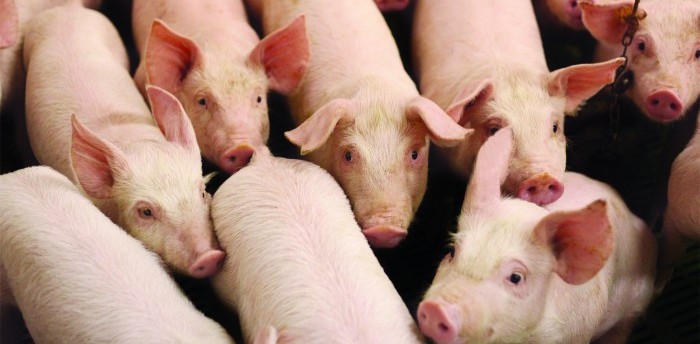The number of pigs in Germany has fallen to the lowest number since the country was reunified in 1990, on the back of falling profitability and ongoing disruption caused by African swine fever.
The herd numbered 22.3 million at the beginning of May, according to The Federal Statistical Office, down 1.5 million, or 6.3%, on the November livestock survey, and the third significant decrease in a row.
The pig population was down by 2.4 million, nearly 10%, compared with May 2021 and it now stands at the smallest number since the country was reunified in 1990, when 30.8 million pigs were kept.”
Recent poor market conditions and a lack of profitability, pre-dated by the presence of African Swine Fever in the German wild boar herd, will be influencing this decline. There have also been underlying concerns for some time about regulatory changes” according to AHDB.
The survey also highlights a big drop in the number of holdings keeping pigs, which fell by 10% year-on-year to 17,900. These figures indicate that German pig supplies are set to contract, with declines expected for some time, AHDB added.
The situation in Germany is only going to be made worse by the recent discovery of ASF in pigs in the pig-dense state of Lower Saxony, which could bring further significant disruption.
Overall EU supplies are also forecast to fall, despite continued growth in the Spanish herd, now taking over from Germany as Europe’s largest producer of pig meat.





